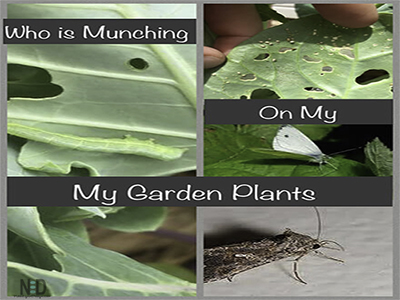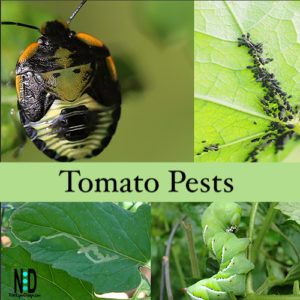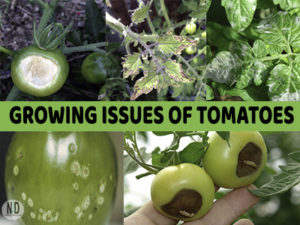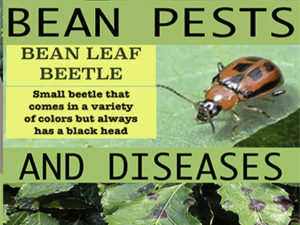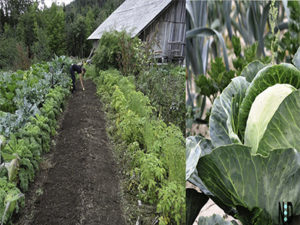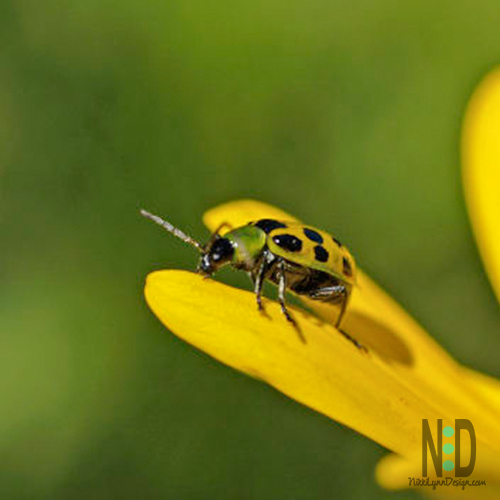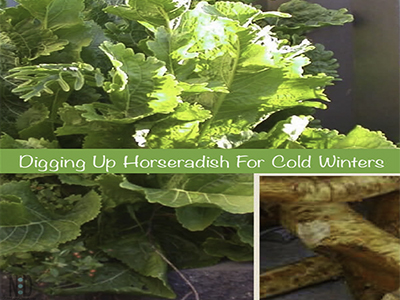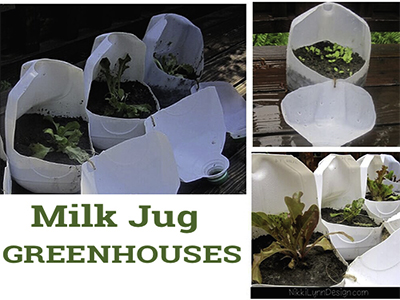What is Eating My Cabbage Plants
Yesterday, I received a question in my Facebook inbox that included pictures. It is an excellent question too. What is eating my cabbage plants?
Anytime, I receive a question on Facebook I try and answer it to the best of my ability.
If you are finding that any of your plant leaves of cabbage, swede, kale, Brussel sprouts, etc. are becoming full of holes throughout the summer there are a few garden pests you will need to rid yourself of.
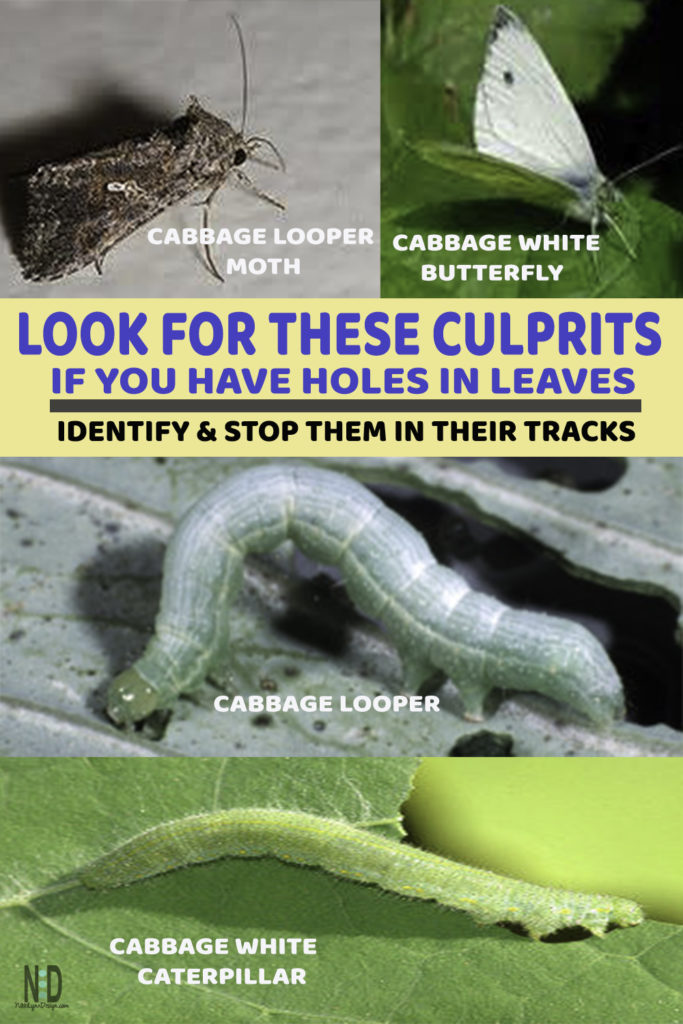
Caterpillar Eating Garden Leaves

Can you see the caterpillar under the leaf in the picture? See the eggs under the leaf in the second picture? Both of them are connected.
Look For Eggs
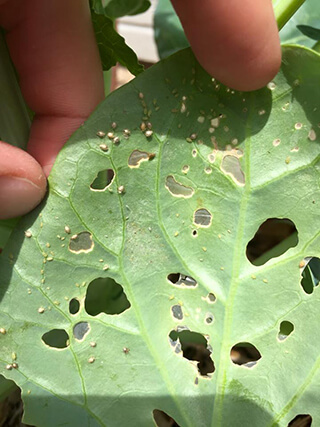
There are two culprits that I know of that will eat through leaves like this. Both are pretty similar when you see pictures of the caterpillar worms below.
Luckily, both can be treated the same way.
1.) Cabbage White Caterpillar & Butterfly
Butterfly
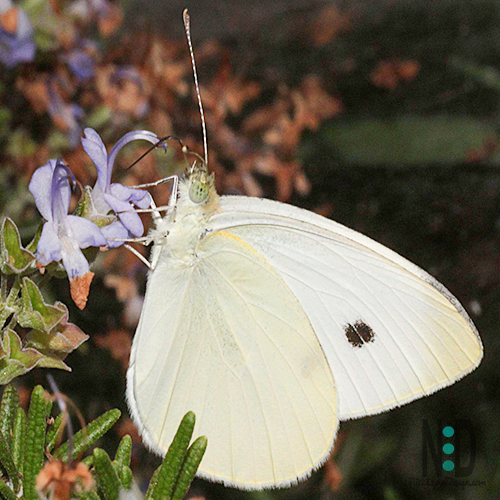
The butterfly comes into the garden fluttering over cabbage, radish, and turnip beds during the last of May and the early part of June. Looking for fresh, hearty leaves to lay its eggs on.
As the eggs mature, they become caterpillars that eat all your leaves.
Caterpillar
The caterpillars hatch from eggs and start eating all the leaves on your plants. Creating holes everywhere. It bores into the interior of the cabbage and other plants feeding on new sprouts. Many people mistake the cabbage white caterpillars for cabbage loopers.
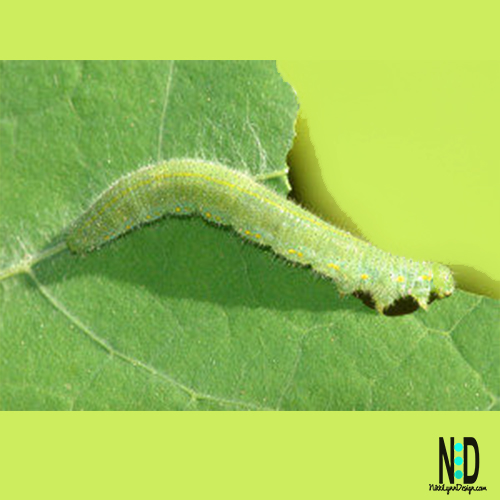
Caterpillars are of a pale-green color, shaded slightly with yellow on each side; it tapers a very little at both ends and is covered with short down.
Besides Cabbages, this caterpillar consumes various other cruciferous plants.
There is an early summer (May) and a late summer (July) brood.
Additional Read: Cabbage White Caterpillar & Butterfly
2.) Cabbage Looper Moth & Caterpillar
Moth
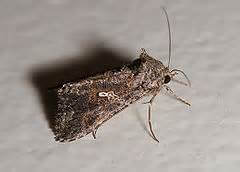
The adult of the species is called a cabbage looper moth and is nocturnal. The fore wings of the moth are brownish-grey and have yellowish, indistinct, transverse lines.
In the center of each fore wing is a silvery, horse-shoe-like mark, with a silvery spot beyond it at the lower side. The hind wings are yellowish, with smoky hind margins. The male moth is furnished with conspicuous abdominal side tufts of a golden hue.
Caterpillar
The caterpillar, a measuring worm, is smooth and pale green with marked with delicate longitudinal white lines, and with white spots. It is one of a many species called cabbage worm.
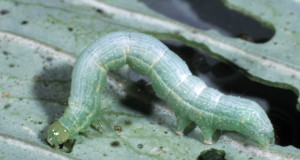
The caterpillar, a measuring worm, is smooth and pale green with white stripes and is one of many species called cabbage worm.
It is called a “looper” because it arches its body as it crawls, inchworm-style. This species is very destructive to plants due to its voracious consumption of leaves.
How to Control These Pests
Once you have them, it is time to get rid of them.
1.) PICK THEM OFF: Some people take to the garden and pick each and every caterpillar off their plants. This takes time and dedication. It works perfectly fine for a small infestation. I suggest using a pail to drown them in soapy water.
2.) CHEMICALS: All caterpillars, can be controlled with the non-chemical biological control called b.t. (Bacillus thuringiensis), often sold as Dipel or Thuricide. You can get the product in spray or garden dust. Can be used on all plants. All caterpillars can be controlled with the non-chemical biological control called b.t. (Bacillus thuringiensis), often sold as Dipel or Thuricide.
You can get the products in spray or garden dust. Can be used on all plants.
Additional Reads:
Sweet & Sour Cabbage Slaw
Composting With Worms
Prevent Them Next Year
Plant marigolds around your garden.
My great-grandfather swore by planting marigolds around his garden. He said that the flowers attract “good” insects to your garden. This keeps the “bad” ones at bay. That man could grow anything!
2.) Floating Row Covers
What really works well for me is to place Lightweight Row Covers over plants in the spring. If you click on the highlighted text, those are what I use.
This will keep the butterflies and moths from landing on your plants. Keeping unwanted insects out and help with shading and cooling in the summer.
The row covers allow 60%-85% light transmission depending on the type and will give you frost protection down to 28 degrees F/-2 degrees C.
Additional Posts
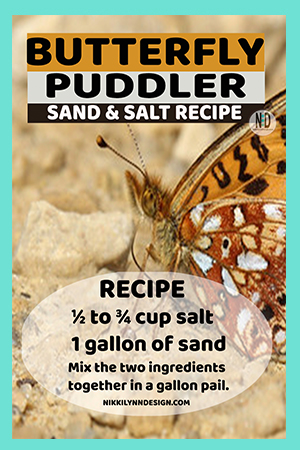
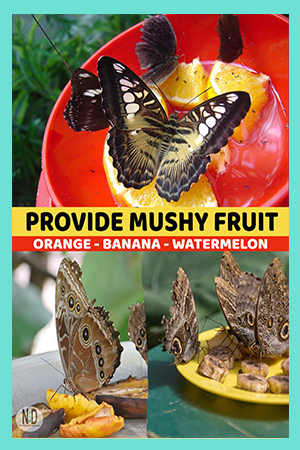
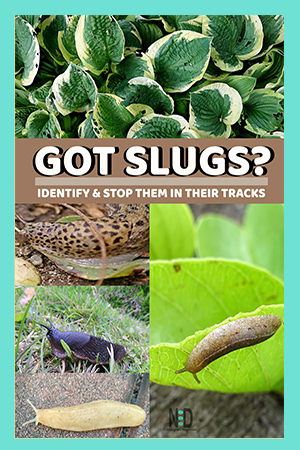
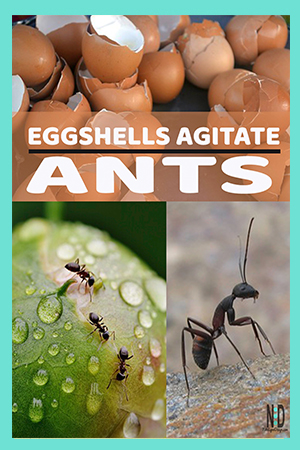
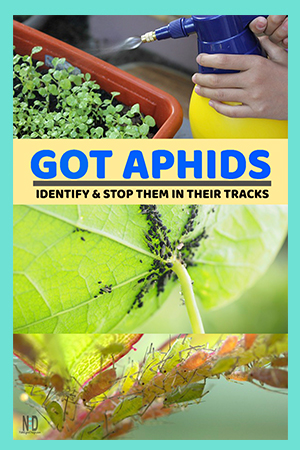
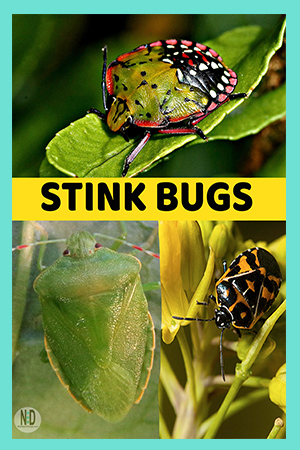
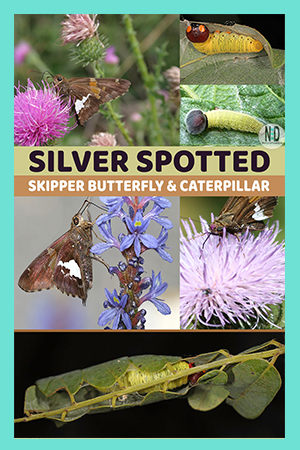
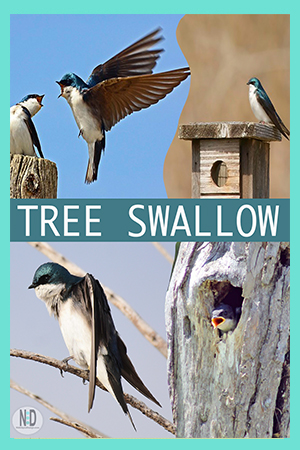
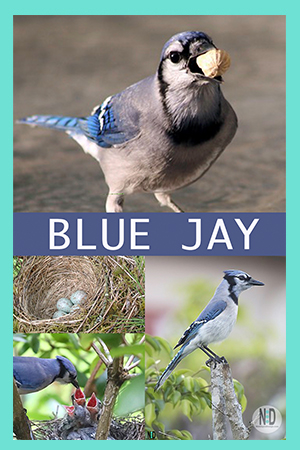
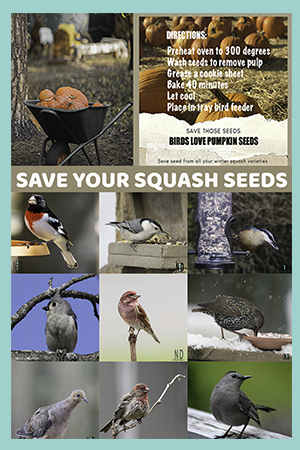
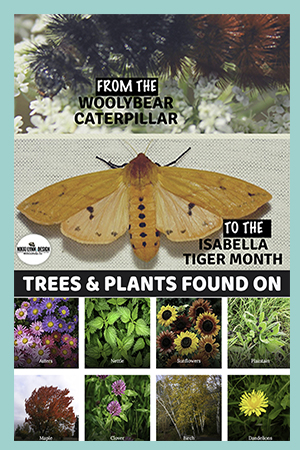
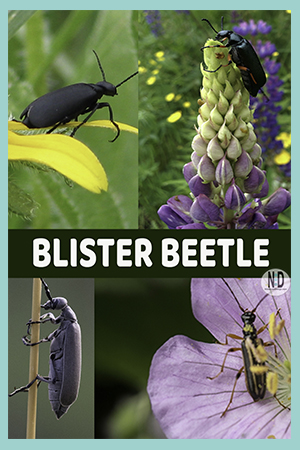
AFFILIATE POLICY: Posts on this site may contain links to outside vendors that pay me a commission when you purchase from them, at no additional cost to you. Thank you for supporting this site!
